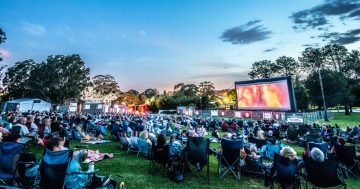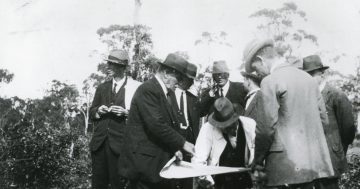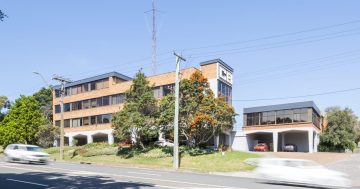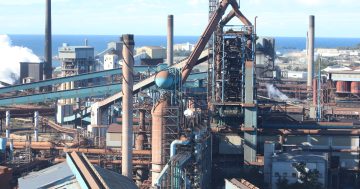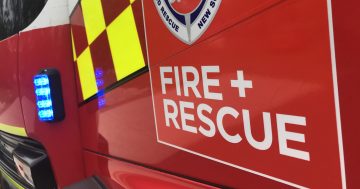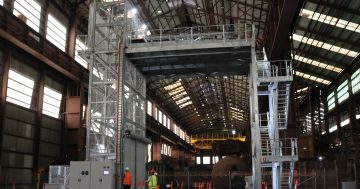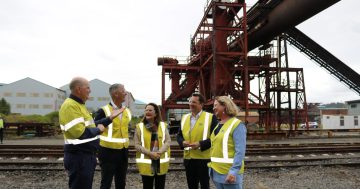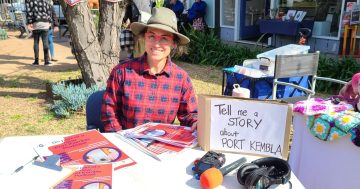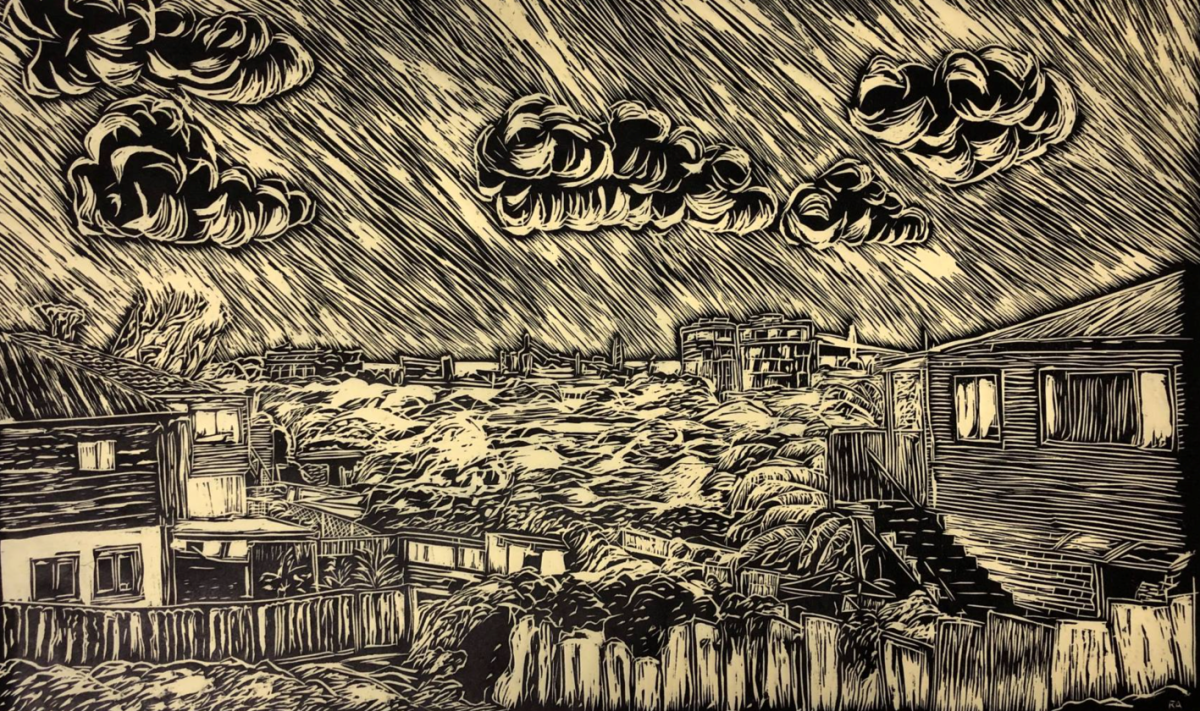
Steeltown by Illawarra artist Riste Andrievski, who grew up in Cringila. Photo: Riste Andrievski.
It’s fitting that three of the streets today running east of Lake Avenue, Cringila, are called Bethlehem, Birmingham and Steel.
For it was a trip to America and Europe by the NSW real estate agent Lance Giddings that made him realise that wherever big steelworks were being established, a dormitory suburb quickly sprung up.
Just a quick glimpse of the giant extent of works of the Bethlehem Steel Corporation in Pennsylvania and its associated housing convinced him money was to be made in the Illawarra.
Being aware that the Hoskins Brothers were definitely going to establish a steel mill in the vicinity of Port Kembla, it was also obvious to Giddings that the many workers who would be needed to operate the plant were also going to need somewhere close by to live – particularly with not many people being wealthy enough back then to own a car.
Fortunately for Lance Giddings, the land surrounding where the Hoskins’ first blast furnace would be built still pretty much remained a blank canvas.
It just so happened that when the Hoskins brothers purchased 400 acres (161 ha) of land to develop their steelworks, a decision was made to have the original blast furnace and associated works located closer to present-day Cringila than the port of Kembla itself.
One of the first thought bubbles Lance Giddings had about how to market this land was to call the place the “New Birmingham of Port Kembla” – recognising that so many Australians in the 1920s were of British rather than American descent and so may not have even heard of Bethlehem Steel in Pennsylvania.
So Giddings seems to have first tried running with the “Birmingham” name in his initial advertising even though the earliest I have seen the place name “Cringila” applied to the area dates from December 1926.
Clearly in the late 1920s and the early 1930s, neither the names New Birmingham or Cringila had yet slipped into any kind of popular usage – even though a railway line running from Wollongong to Port Kembla had been completed some 10 years earlier in 1916.

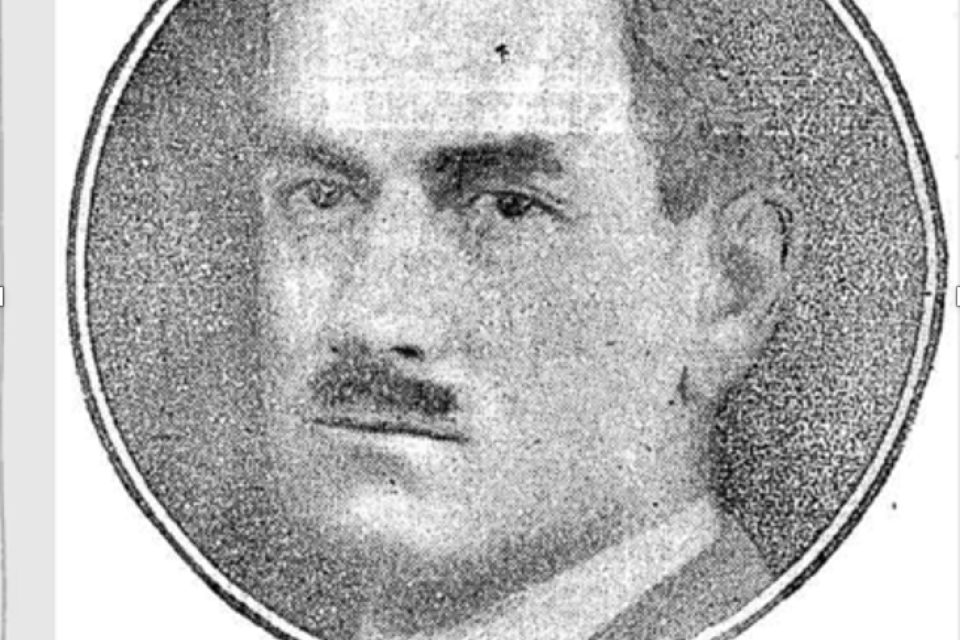
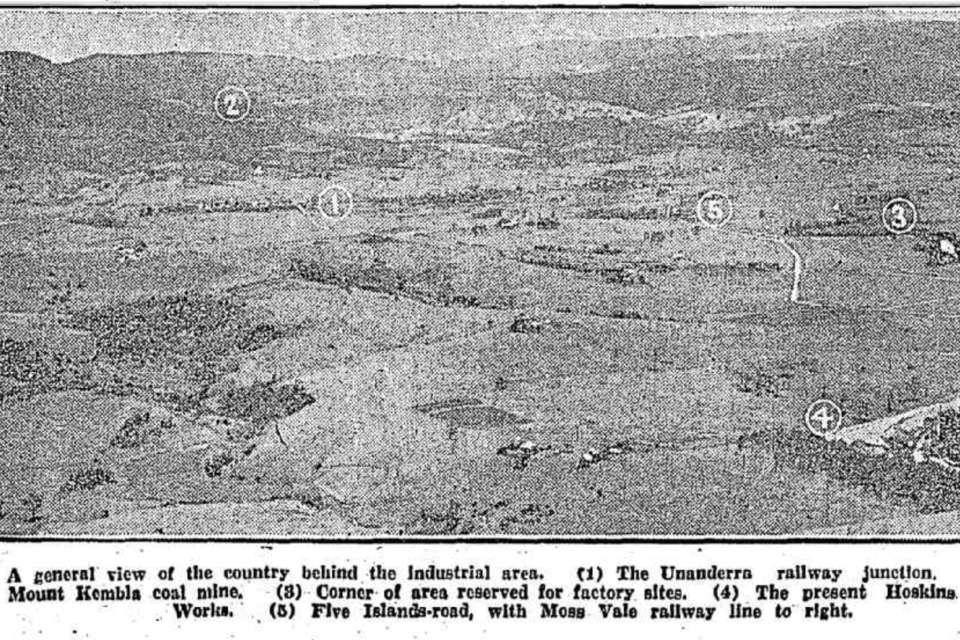
But the name Cringila still did not come into use because the sole passenger station on the Wollongong to Port Kembla line was named Mount Drummond. It didn’t last long and was closed down in 1923 before later reopening as Coniston in 1925.
It actually took until 1926 for a small timber railway platform building to be erected at what is today Cringila Station but, in an instance of very bad luck, it was destroyed by fire before the year was out.
Cringila station again posed problems in 1934 when “fierce rushing waters” damaged a portion of the railway line with “the ballast being washed away so completely that “the workmen’s train had to miss a run”.
A new brick island-platform station wasn’t completed until 1941 and only then did it help more firmly establish Cringila as the name for the general area.
But even when the first public school had opened in 1935, it was still known as “Steel Town School” rather than Cringila Primary.
It is indeed a little surprising that the name Cringila eventually won out for the collection of shacks and tents erected in anticipation of the construction of the steelworks which had quickly become almost exclusively called by locals Steeltown.
Moreover, as can be seen in one of the photos above, the hilly area around today’s Lake Avenue at Cringila was initially dubbed the “Steeltown Heights Estate”.
Even as late as October 1949, when a Mr Walter Harding (then described as residing at “Lake Avenue, Steeltown”) was being fined in Wollongong Court for having a noisy motorcycle exhaust, the name “Cringila” had apparently not yet completely won out – and certainly not in the eyes and particularly the ears of the long arm of the law.
Some long-time locals may have stuck with the name “Steeltown” but it took at least 25 years for the name “Cringila” to have pretty much finally won the day.
But whether the Honourable Philip Henry Morton MLA (who had held the seat of Shoalhaven between 1889 and 1898) was correct in claiming he had “studied, as far as it is possible, the Wodi-Wodi dialect of the Thurrawal language” which he claimed “was spoken by the people of the Hooka tribe, who inhabited Illawarra” actually knew what he was talking about in asserting that Cringila was a local Indigenous word meaning “pipe clay” is something only people more knowledgeable than myself can say.
In my experience, both the original meaning of a great many Illawarra place names and the best way to transliterate them into English are still rather vexed matters indeed and way beyond my own skills to determine.








